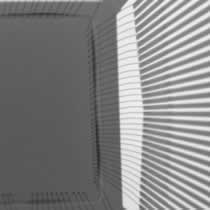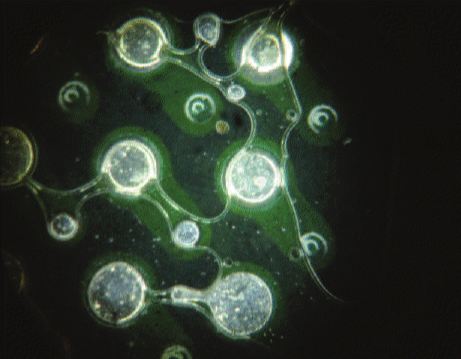We investigate supplier credit qualification thoroughly, to control the quality since the very beginning. We have our own QC team, can monitor and control the quality during the whole process including in-coming, storage, and delivery.All parts before shipment will be passed our QC Department, we offer 1 Year warranty for all parts we offered.
Our testing include:
- Visual Inspection
- Functions Testing
- X-Ray
- Solderability Testing
- Decapsulation for Die Verification
Visual Inspection
Use of stereoscopic microscope, the appearance of components for 360 ° all-round observation. The focus of observation status include product packaging; chip type, date, batch; printing and packaging state; pin arrangement, coplanar with the plating of the case and so on.
Visual inspection can quickly understand the requirement to meet the external requirements of the original brand manufacturers, anti-static and moisture standards, and whether used or refurbished.
Functions Testing
All functions and parameters tested, referred to as full-function test, according to the original specifications, application notes, or client application site, the full functionality of the devices tested, including DC parameters of the test, but does not include AC parameter feature analysis and verification part of the non-bulk test the limits of parameters.
X-Ray
X-ray inspection, the traversal of the components within the 360 ° all-round observation, to determine the internal structure of components under test and package connection status, you can see a large number of samples under test are the same, or a mixture (Mixed-Up ) the problems arise; in addition they have with the specifications (Datasheet) each other than to understand the correctness of the sample under test. Connection status of the test package, to learn about the chip and package connectivity between pins is normal, to exclude the key and open-wire short-circuited.
Solderability Testing
This is not a counterfeit detection method as oxidation occurs naturally; however, it is a significant issue for functionality and is particularly prevalent in hot, humid climates such as Southeast Asia and the southern states in North America. The joint standard J-STD-002 defines the test methods and accept/reject criteria for thru-hole, surface mount, and BGA devices. For non-BGA surface mount devices, the dip-and-look is employed and the “ceramic plate test” for BGA devices has recently been incorporate into our suite of services. Devices that are delivered in inappropriate packaging, acceptable packaging but are over one year old, or display contamination on the pins are recommended for solderability testing.
Decapsulation for Die Verification
A destructive test that removes the insulation material of the component to reveal the die. The die is then analyzed for markings and architecture to determine traceability and authenticity of the device. Magnification power of up to 1,000x is necessary to identify die markings and surface anomalies.






























